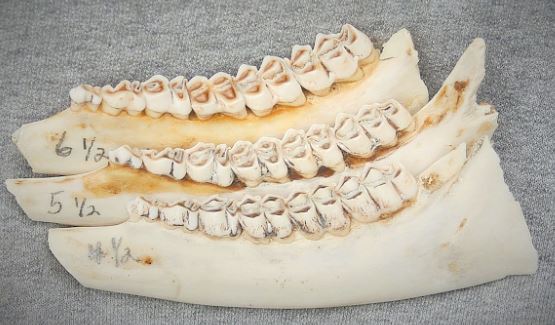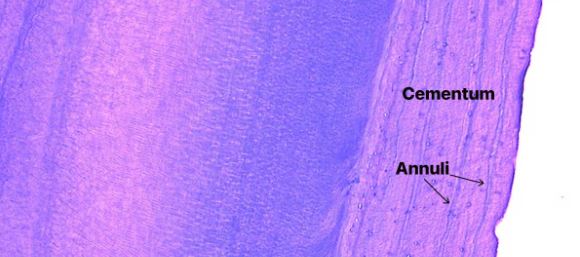The ability to accurately age a deer is an important part of white-tailed deer management. Aging a buck on the hoof before a hunter pulls the trigger is part of active harvest management, but things change once the deer is on the ground. Then, the ability to age a deer based on tooth wear and replacement is the skill to have.
Although the technique of aging deer by tooth wear and tooth replacement has been around for over 70 years, it’s not a perfect science. White-tailed deer are classified into age classes based on half years, such as 1.5-years-old and 2.5-years-old because typically, a deer is born in May or June but may not be harvested until November or December, making it six months older than its birthdate.
However, without a deer being tagged at birth, only three age classes that can be used to age white-tailed deer with certainty: 1) fawn, 2) 1.5-years-old (or yearling), and 3) 2.5-years-old and older. While many wildlife professionals, landowners and managers will use jawbones to assign age categories up to 8.5-years of age, the technique is quite subjective, and it may be dependent on a variety of environmental factors that influence the wear of teeth.
A Review of Techniques for Aging Deer Using Teeth
Tooth Replacement & Wear For Aging Deer
The most common technique for aging white-tailed deer is tooth replacement and wear, developed by C.W. Severinghaus in 1949. Tooth eruption and replacement of temporary teeth by permanent teeth can indicate the age of the deer up to 1.5 years old. After 1.5-years of age, then tooth wear is used to determine the age.

Tooth wear criteria use a series of comparisons of tooth characteristics to assign the age of a deer. However, this technique for aging deer may suffer inaccuracies due to variation in nutrition, amount of grit on vegetation, and soil types. For instance, a white-tailed deer that feeds primarily on clover in loamy soils, may have less tooth wear than a deer that feeds primarily on twigs during the winter in the northeastern United States. Although undocumented, genetics and individual health may also contribute to variation.
Summary of Factors that Influence Tooth Wear
- Soils
- Vegetation
- Food Habits
- Genetics
- Age (of course)
Using Cementum Annuli to Age Deer
The cementum annuli technique uses a cross section of a primary incisor (two front teeth) of the deer to count the number of “rings.” This aging technique is based on the principle that a white-tailed deer will have annual growth “rings” within a tooth similar to growth rings of a tree, which indicate age.

This technique for aging deer is assumed to be more accurate than the tooth replacement and wear technique since the age estimation is conducted and assigned in a laboratory setting. However, evidence suggests that the cementum annuli technique may not be any more or less accurate than using the tooth replacement and wear technique.